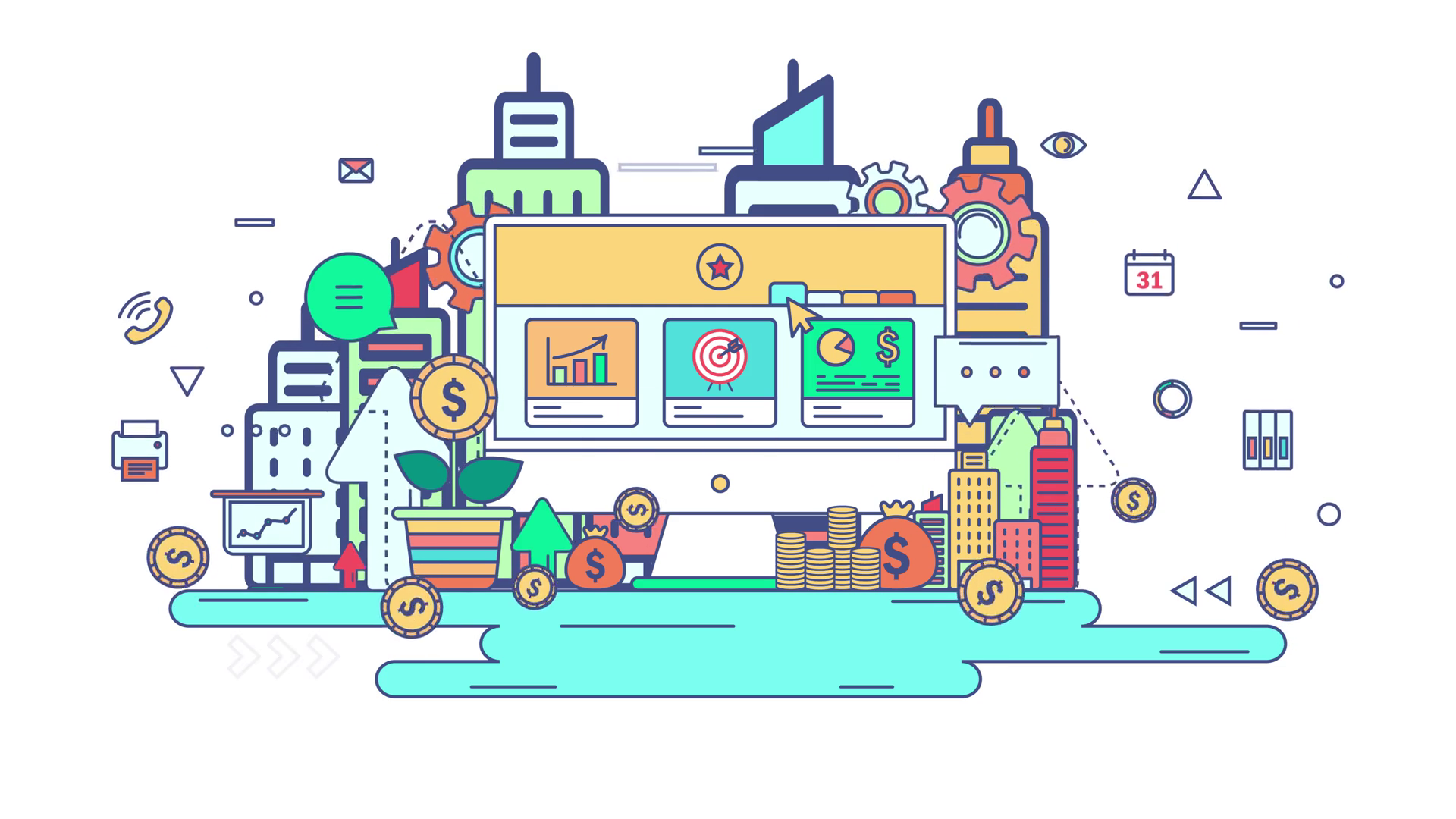
In the digital age, where the internet serves as the lifeblood for businesses and individuals alike, web security is not just a luxury—it’s a necessity. Your web domain check is your digital fortress, and in the race against cyber threats, fortifying it against potential breaches is crucial. From the humble website to the most complex online operation, the integrity of your web domain hinges on a robust security strategy.
So, how can you make sure that your digital real estate is secure? Here, we provide a comprehensive rundown of essential measures to shield your domain against the tide of online vulnerabilities.
This guide is a vital resource for webmasters, business owners, and anyone with a vested interest in maintaining a safe and reliable online presence. Whether you manage a personal blog, an e-commerce site, or a large-scale corporate domain, it’s time to lock the gates and keep the cyber barbarians at bay with these 10 vital security measures.
1. Embrace SSL/TLS Encryptions
SSL (Secure Socket Layer) and TLS (Transport Layer Security) encryptions are the foundation of a secure internet. They safeguard online communications, encrypting all data exchanged between a user’s browser and the website’s server. Not only does this protect sensitive information, but it also instills trust in your audience by displaying the coveted padlock icon and https:// in the browser URL bar.
Acquiring an SSL/TLS certificate is a simple yet powerful measure that has become non-negotiable, especially if you handle customer data. With search engines favoring secure sites and users being more security-conscious than ever, an encrypted connection is your first line of defense.
2. Implement Multi-Factor Authentication (MFA)
Passwords alone are no longer sufficient to ward off unauthorized access to your domain. Multi-factor authentication (MFA) provides an added layer of security, requiring users to present two or more verification factors to gain access. This typically includes something the user knows (a password), something the user has (a smartphone for a verification code), and something the user is (fingerprint or facial recognition).
By implementing MFA, you drastically reduce the risk of compromised accounts, even if passwords are leaked or hacked. There are various MFA methods available, each with its own strengths and considerations, ensuring ample flexibility for different user needs.
3. Regularly Update and Patch Your Software
Vulnerabilities in software are like holes in a ship—they can sink you if left unchecked. Hackers constantly search for and exploit these weaknesses to gain unauthorized access to your domain. The solution is straightforward: keep all your software—your CMS, plugins, server operating systems, and any other applications—up-to-date with the latest patches and security updates.
This seemingly simple task is one of the most effective ways to shield your domain from known exploits. Automating update processes and staying vigilant about emerging security patches will considerably reduce the attack surface that your domain presents to potential intruders.
4. Conduct Regular Security Audits
Staying ahead of cyber threats involves understanding your domain’s current security posture. Regular security audits and risk assessments can help you identify vulnerabilities before they’re exploited. This involves scrutinizing access controls, server configurations, web server logs, and any other entry points that could be targeted.
By conducting audits, you can establish a baseline for your domain’s security, track improvements, and make informed decisions about where to allocate your resources for maximum protection. It’s an essential part of the proactive security model that’s vital for the long-term safety of your domain.
5. Protect Against DDoS Attacks
Distributed Denial of Service (DDoS) attacks can disrupt your website’s availability, rendering it inaccessible to legitimate users by overwhelming it with an influx of traffic from multiple sources. To protect against these attacks, you can use DDoS mitigation services, which analyze incoming traffic to filter out malicious requests, ensuring that only genuine users can access your domain.
Additionally, designing your infrastructure with redundancies and scalability in mind can help your website stay online even under heavy loads. The key is to prepare for the worst, so you can confidently weather any storm that comes your way.
6. Secure Your Domain’s Email Systems
Email is both a primary communication channel and a common vector for cyber attacks. Ensuring the security of your domain’s email systems is, therefore, a crucial component of your overall domain security strategy. Implementing measures such as SPF, DKIM, and DMARC can protect your domain from email spoofing, phishing, and other fraudulent email activities.
Furthermore, regular user education on recognizing and handling suspicious emails can go a long way in preventing the compromise of email accounts and the integrity of your domain’s communications.
7. Backup Your Data Regularly
Data loss can be catastrophic for any online operation, whether it’s due to a cyber attack, a hardware failure, or a simple human error. Regular backups are your safety net, allowing you to restore your data and resume operations in the event of data loss. It’s not just about making backups, though; it’s also about ensuring they’re stored in a secure, off-site location and that your backup and recovery processes are regularly tested and audited.
Remember, having backups that are outdated or inaccessible defeats the purpose. Evaluate your backup needs, set up an automated backup schedule, and keep a close eye on the integrity and availability of your backup data.
8. Set Strong Access Control Policies
Controlling who has access to what areas of your domain is fundamental in maintaining security. Establishing strong access control policies means defining user roles and permissions, ensuring that staff have the least privilege necessary to do their jobs, and regularly reviewing and updating these permissions based on employee status or changing job responsibilities.
This not only protects against insider threats but also minimizes the risk in the event of a compromised account. Strong access controls should be part of a broader identity management strategy that encompasses user authentication, authorization, and accountability measures.
9. Educate Your Users About Security Best Practices
Your domain’s security is only as strong as its weakest link, and often that weak link is a human one. Regular staff training on security best practices is essential in creating a culture of security awareness. This includes teaching employees about the risks of phishing, the importance of strong passwords, how to recognize potential security threats, and the proper way to handle sensitive data.
Encouraging a security-conscious mindset among all stakeholders is key in preventing human error from leading to security incidents that could jeopardize your domain’s integrity.
10. Develop an Incident Response Plan
No matter how many preventive measures you have in place, it’s important to be ready for the possibility of a security breach. An incident response plan outlines the steps to take immediately following the detection of a security incident, including how to contain, eradicate, and recover from the breach, as well as how to communicate with stakeholders about the incident.
Having a well-thought-out incident response plan can minimize the impact of a security breach and ensure that your domain returns to normal operation as quickly and smoothly as possible.
In conclusion, securing your web domain should be an ongoing and multifaceted effort, involving both technical measures and user education. By implementing the 10 security measures outlined in this article, you can significantly reduce the risk of cyber threats and protect the reputation and operations of your online presence. Remember, in the ever-evolving landscape of cybersecurity, vigilance is key. Stay informed about the latest threats and security practices, and be prepared to adapt your security measures as needed to stay one step ahead of the digital marauders.






